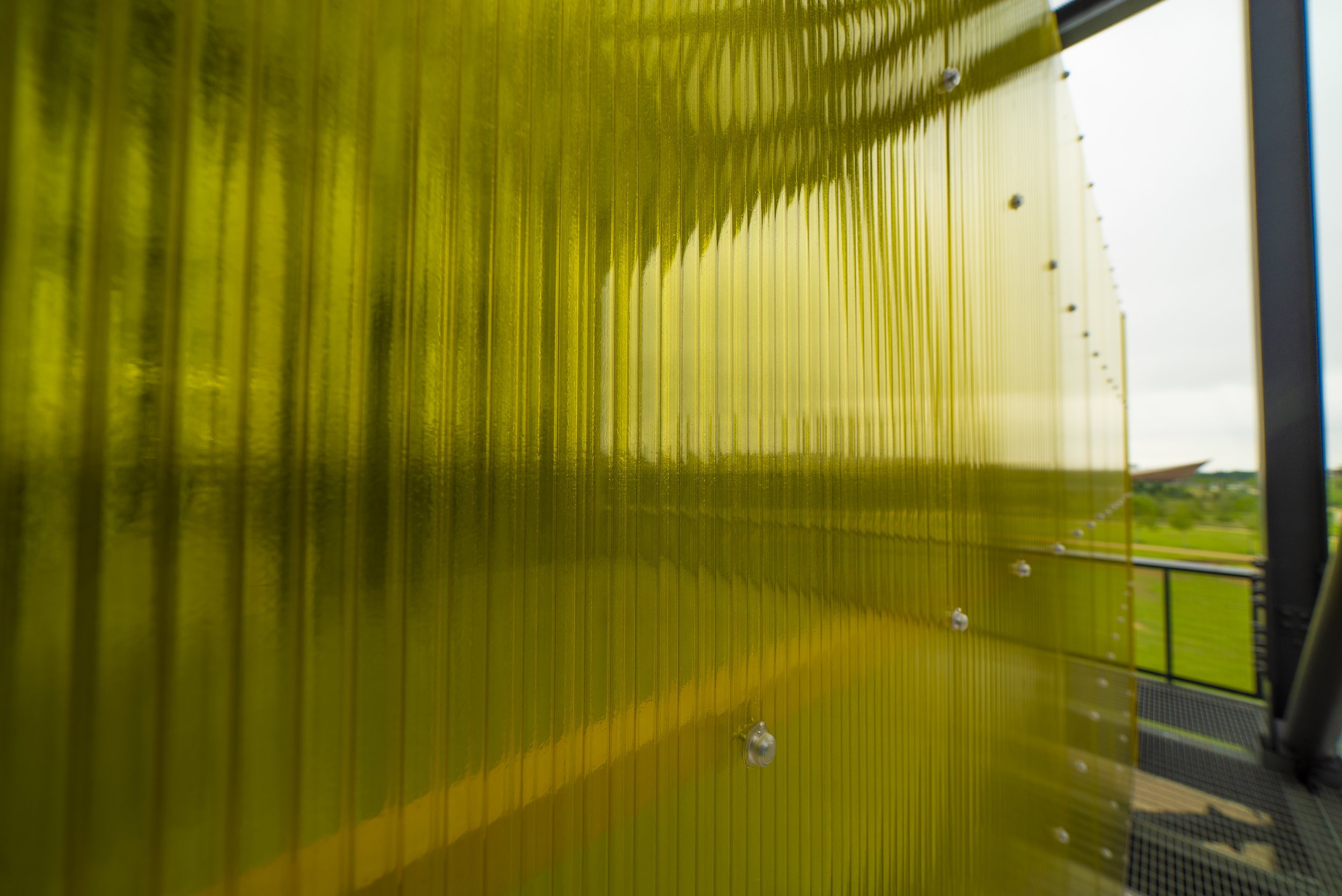19/09/2018
Cladding The Gantry

The vision for The Gantry by Here East and architects Hawkins\Brown was always to bring together the creative hive of specialist studios into a vibrant and eccentric collection housed within the heroic gridded structure of The Gantry.
Early designs were whimsical, but could always be grounded by a single theme: A Cabinet of Curiosity. A seemingly random collection where the relationships between objects may at first appear abstract but on closer inspection they become far more nuanced often reflecting the personality, experience or interests of the curator.
For The Gantry, the rich history of Hackney Wick was a clear choice for inspiration. Each of the single-story units which are visible from street level have been designed to reflect the stories of makers and the local history.
Hear from architect Andrew Hills as he describes the stories behind this inspiration for the Fridge Mountain, Trebor and Matchbox Toy studios:
Discover the other studios at The Gantry:
From Factories to Park
The Olympic park represented a huge transformation in the history of the area, turning derelict factories and industrial units into public parks and green spaces. This was a powerful moment in the history of Hackney. This unit with its factory vernacular and grass brick patterns draws on memories of both the before and after.
Algha Spectacles 1932 - Present
Algha spectacles are the UK’s last spectacle frame manufacturer and have operated from Fish Island for nearly a century. Founder Max Wiseman pioneered the ‘gold-filled’ spectacle frame. Cheaper and lighter than solid gold, resistant to corrosion and longer lasting than gold plating, 14 carat gold-filled spectacles from the Algha Works were universally available on the NHS in this country for 40 years. This studio celebrates the pioneering spirit of Max Wiseman and the enduring spirit of the Algha Spectacle Works with its golden cladding.
Stratford Jute Mill 1864
Stratford Jute Mill constructed in 1864, covered a large four acre site and produced 60 tonnes of jute per week. It benefitted from its close proximity to the surrounding warehouses and canal system allowing both raw materials and the finished product to be easily transported. To honour this long gone supplier and maker, this studio takes a simple metal sheet and creatively arranges it to evoke the distinctive jute pattern.
Deasons and Son Timber Yard c1900
Deasons and Son Timber Yard c1900 processed and sold both english and foreign timber for the booming local construction industry. This studio draws on the variety of arrangements used for stacking timber in both modern and by-gone yards as inspiration.
Meldola's Blue 1879
The chemist Professor Raphael Meldola FRS invented one of the first commercial dyestuffs “Meldola’s Blue” in Hackney Wick, where he worked from 1877 until 1885. A renowned scientist, he is commemorated by the Royal Society of Chemistry’s who annually award the Meldola Medal. The dye remains in use today and is a staple of modern scientific tests. This studio uses simple design with carefully selected translucent blue panels to portray our love for this famous dye and the genius of Raphael Meldola.
Bronco Perforated Toilet Roll 1935 - 1950
The continuous roll of toilet tissue with perforated sheets we use today was patented in 1870 by the Scott Brothers in Philadelphia. The British Patent Perforated Company based in Hackney Wick was one of the first British firms to produce this type of toilet tissue using the brand name Bronco. Previously, toilet tissue was only sold in boxes of interleaved separate sheets. This studio celebrates this unsung innovation in the sanitary world with a wrapped and perforated timber cladding representing the bronco sheet.
Artist Studio
Hackney is a hotspot for emerging artists, creatives and makers and prior to the olympics, laid claim to having the most studios per capita than anywhere in the world. This studio encourages the incoming tenant to interact and decorate the facade, symbolising maker history in the making.
London Cure Smoked Salmon early 1900s
The "London Cure" was invented in Hackney at the beginning of the 20th century. Immigrants from the Baltic quickly realised that British salmon was easier to obtain and often of better quality than its imported rivals. Due to its freshness a lighter smoke and cure could be applied, resulting in a beautifully delicate flavour - as a result the "London Cure" was born. The famous H Forman and Son factory only 100m from the Olympic stadium still produce London cure salmon to this day. This studio plays with the idea of skin, scales and flesh to create this homage to the humble smoked salmon.
Here East Hoarding for WCs
The construction of Here East marks the next stage of making and innovation in Hackney Wick and Stratford. This unit reuses the bespoke hoarding created especially for the projects construction to mark this incredible moment in time.
Share

















